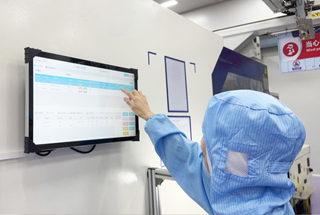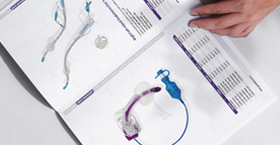Selecting the appropriate feeding tube size for adults is an important element of enteral nutrition therapy, ensuring comfortable, efficient nutrient delivery. Feeding tube diameter is measured in French gauge (Fr), where one French unit equals one-third of a millimeter. For most adult gastric access, clinicians select tubes ranging from 12 Fr to 18 Fr. Smaller-diameter tubes, typically 8 Fr to 12 Fr, are reserved for nasojejunal placement or post-pyloric feeding, reducing aspiration risk and improving nutrient tolerance.
When determining feeding tube size for adults, healthcare providers must consider factors such as intended feeding duration, formula viscosity, clogging potential, and patient anatomy. A 14 Fr nasogastric (NG) tube offers a versatile solution for short-term support, enabling bolus, intermittent, or continuous feeding regimens with minimal discomfort. For long-term enteral access, percutaneous endoscopic gastrostomy (PEG) tubes with internal retention bumpers and diameters between 16 Fr and 20 Fr are preferred. Low-profile gastrostomy buttons, often available at 16 Fr, enhance patient mobility and discretion.
Material composition and design features influence tube selection. Polyurethane tubes, with thinner walls, provide a larger internal lumen at the same outer diameter, promoting superior flow rates. Silicone tubes offer enhanced biocompatibility and reduced allergenic potential. Many tubes incorporate radiopaque stripes for precise placement verification, anti-reflux valves to prevent backflow, and color-coded connectors compatible with standard feeding pumps and extension sets.
Optimizing tube patency and patient comfort involves regular flushing protocols, appropriate syringe sizes, and the use of tube extensions or low-profile devices. By understanding adult feeding tube sizing principles—including French gauge measurements, feeding formula characteristics, and clinical requirements—dietitians, nurses, and physicians can tailor enteral nutrition plans to improve safety, efficacy, and patient satisfaction. Ensuring correct tube size supports reliable nutrient delivery, minimizes complications such as occlusion and dislodgement, and enhances cost-effective care across acute, long-term, and home care settings.
Related Products
- Polyurethane Nasogastric Feeding Tubes
- Polyurethane Y-Port Nasogastric Feeding Tubes
- Funnel Transition Connector With Cap


 Français
Français Español
Español Products
Products

 About Us
About Us











